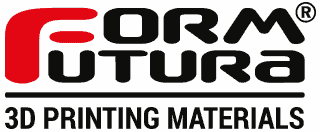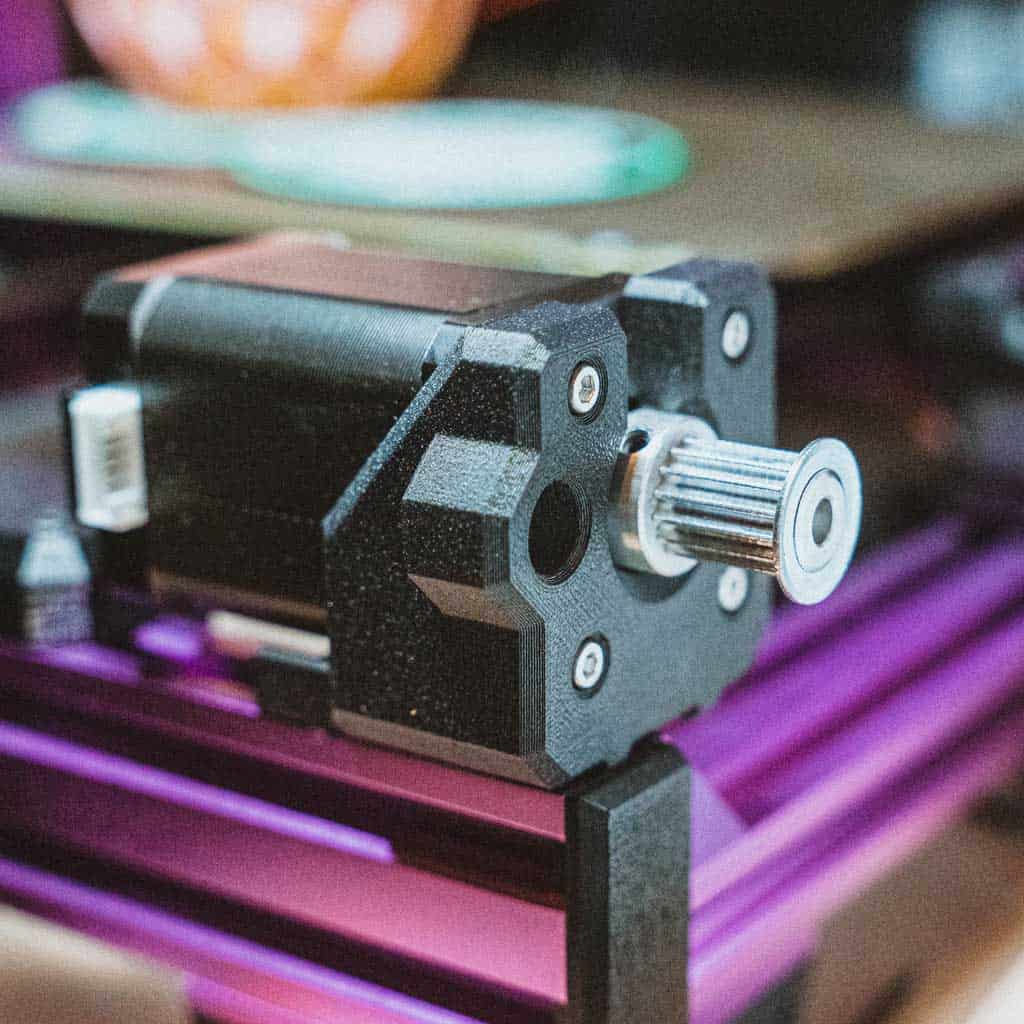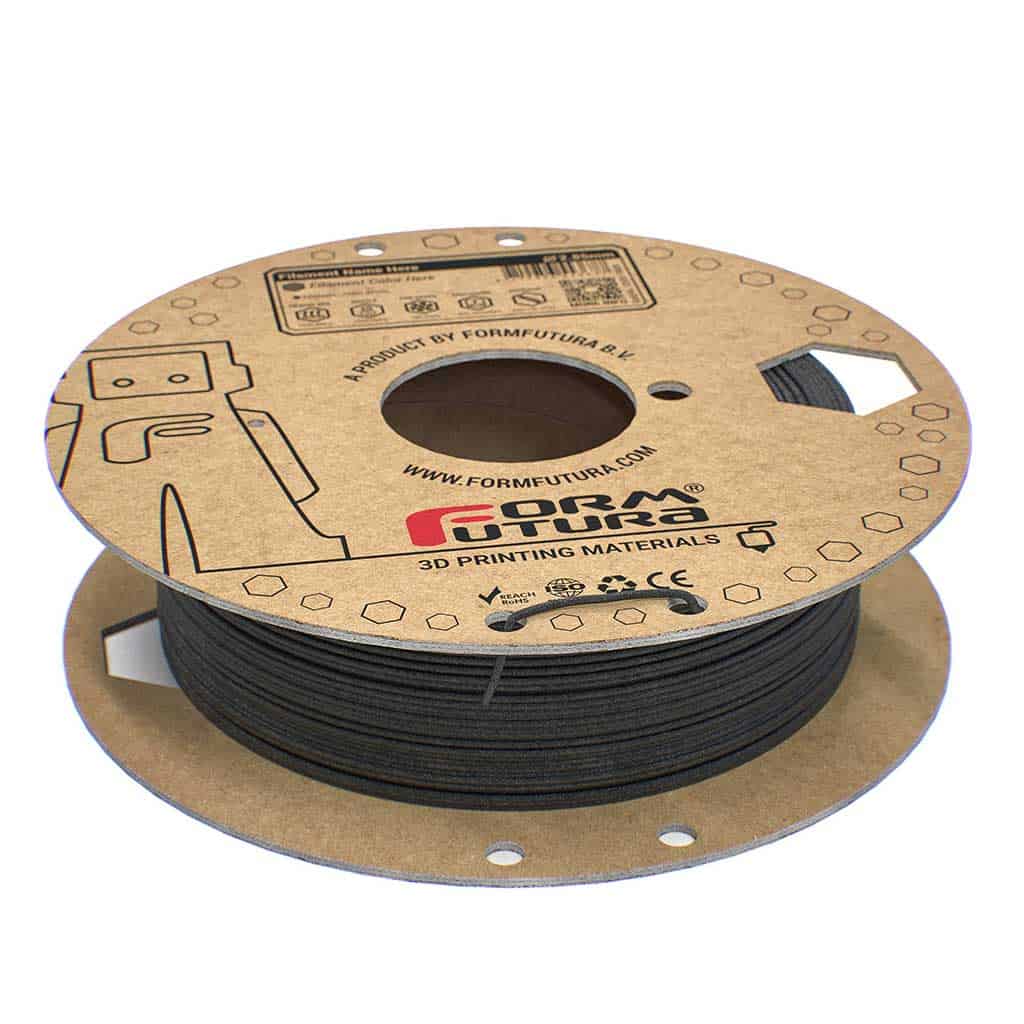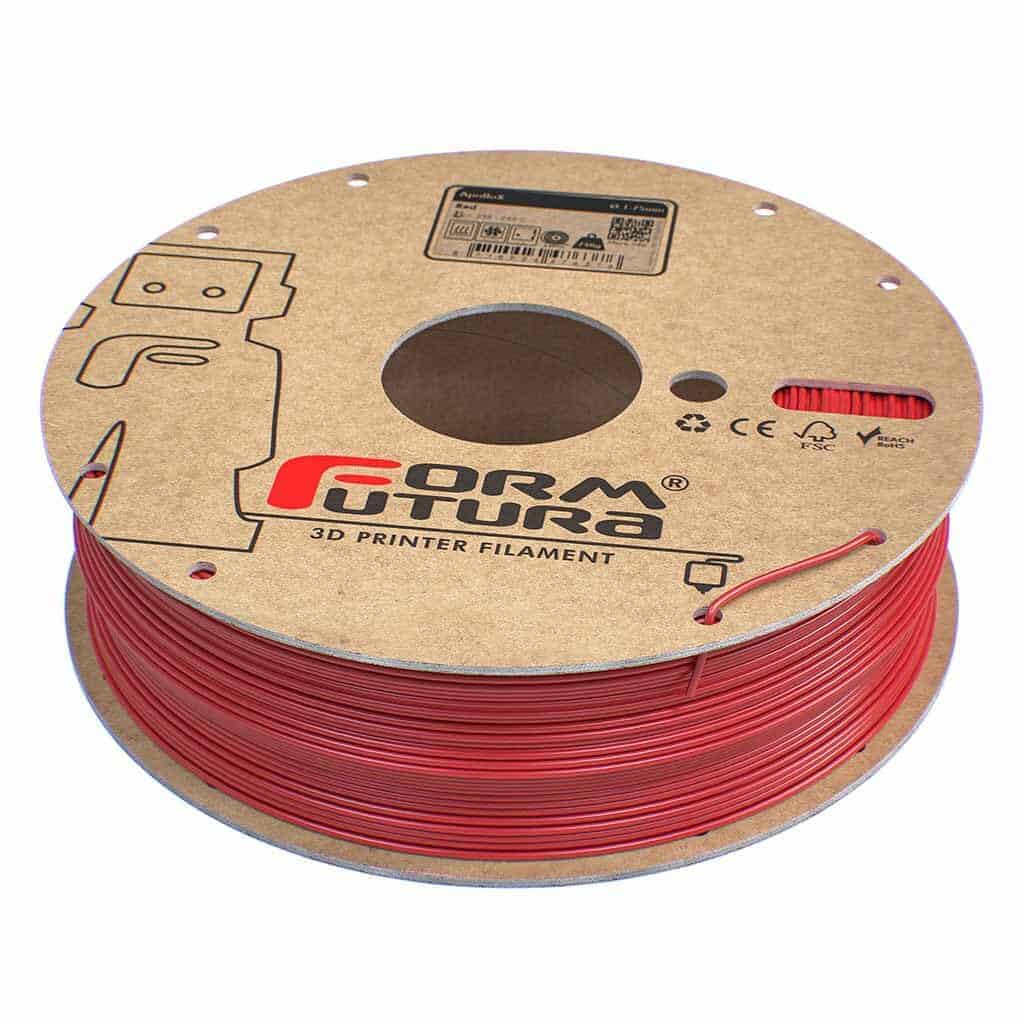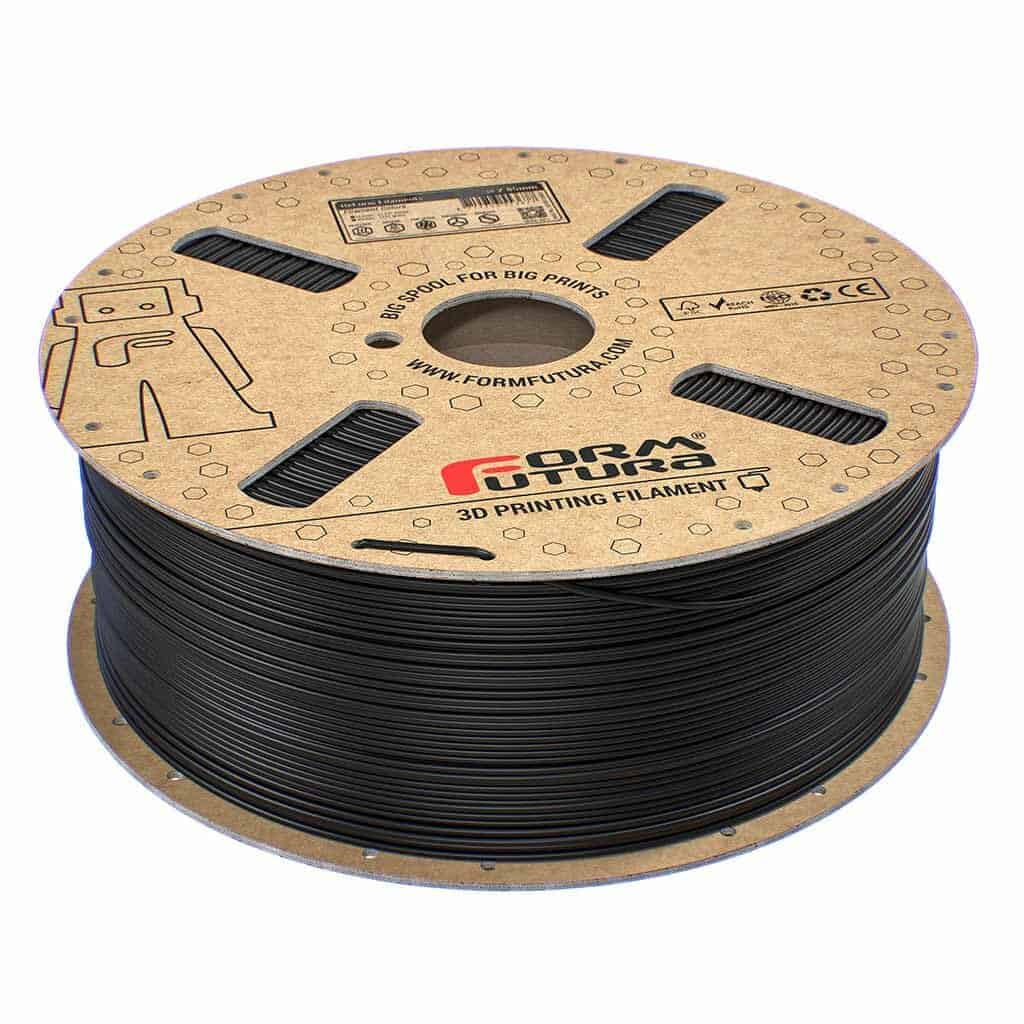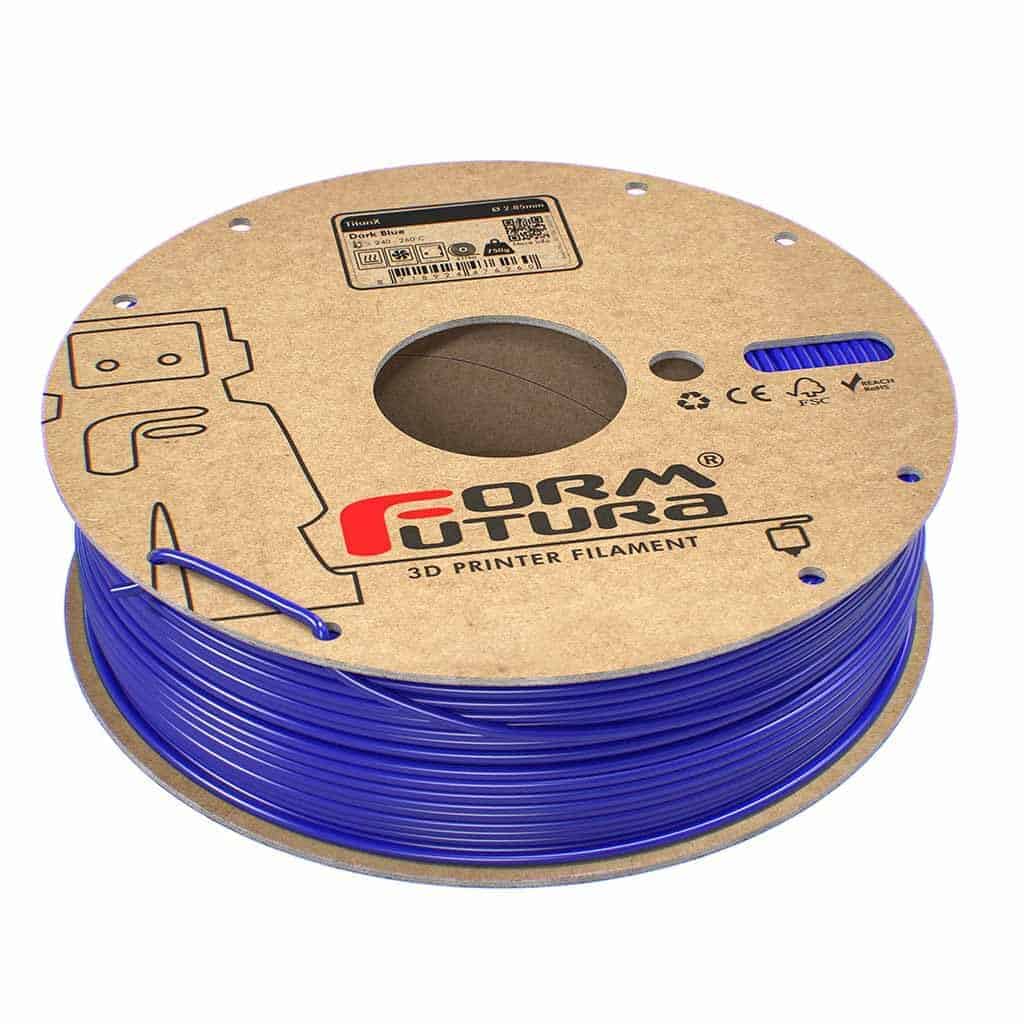Introduction
Choosing the right filament is essential for your 3D printing projects. Engineering projects especially depend on the right filament, since these 3D prints need to be strong and durable. ApolloX vs TitanX are two of our most sold and unique 3D printing filament engineering ranges.
By the end of this 3D printing guide, you'll be armed with all the knowledge about two of the best engineering 3D printing materials out there: ApolloX vs TitanX. Get ready with this guide for a deep dive into their characteristics, printing properties, techniques, subtypes, and how to pick the best one for your unique project!
The Stars of the Show
ApolloX ASA and TitanX ABS, praised by both professionals, and experts alike for their ease of use, zero warping and variety.
FormFutura ApolloX is an industrial-grade, ASA-based filament designed for high-performance and outdoor applications. It boasts excellent UV and weather resistance, high heat deflection, and minimal warping. ApolloX is ideal for functional parts, prototypes, and objects that need to withstand harsh environments.
FormFutura TitanX is an FDM-optimized ABS filament known for its warp-free printing and superior mechanical properties. It offers excellent adhesion, high impact resistance, and good thermal stability. TitanX excels in creating large, precise prints for functional parts and engineering applications..
While ApolloX and TitanX may seem similar at first glance, their differences are what set them apart from the competition! What are they used for, how do they stand apart, and most importantly, when should you choose one over the other? We've done the legwork, carefully examining ApolloX and TitanX to help you get to the answers and more!
Characteristics of ApolloX vs TitanX
One of the primary distinctions between ApolloX vs TitanX is, of course, how the two materials are manufactured. ApolloX is a modified ASA-based 3D printer filament with improved mechanical properties, and TitanX is a modified ABS-based 3D printer filament with greatly improved mechanical properties and printability.

ApolloX - Resisting nature's impact
First up, ApolloX a high-performance 3D printing filament designed for professional and demanding applications. It is based on a uniquely modified, and industrial grade ASA compound. This unique ASA offers advantages as improved UV resistance and is weatherproof.
TitanX - The Plastic Powerhouse
TitanX is our FDM-optimized ABS filament, known for its focus on creating strong and functional prototypes and parts. All while offering a balance between rigidity and flexibility. Its effect offers minimal warping, making it ideal for printing larger objects without deformation.
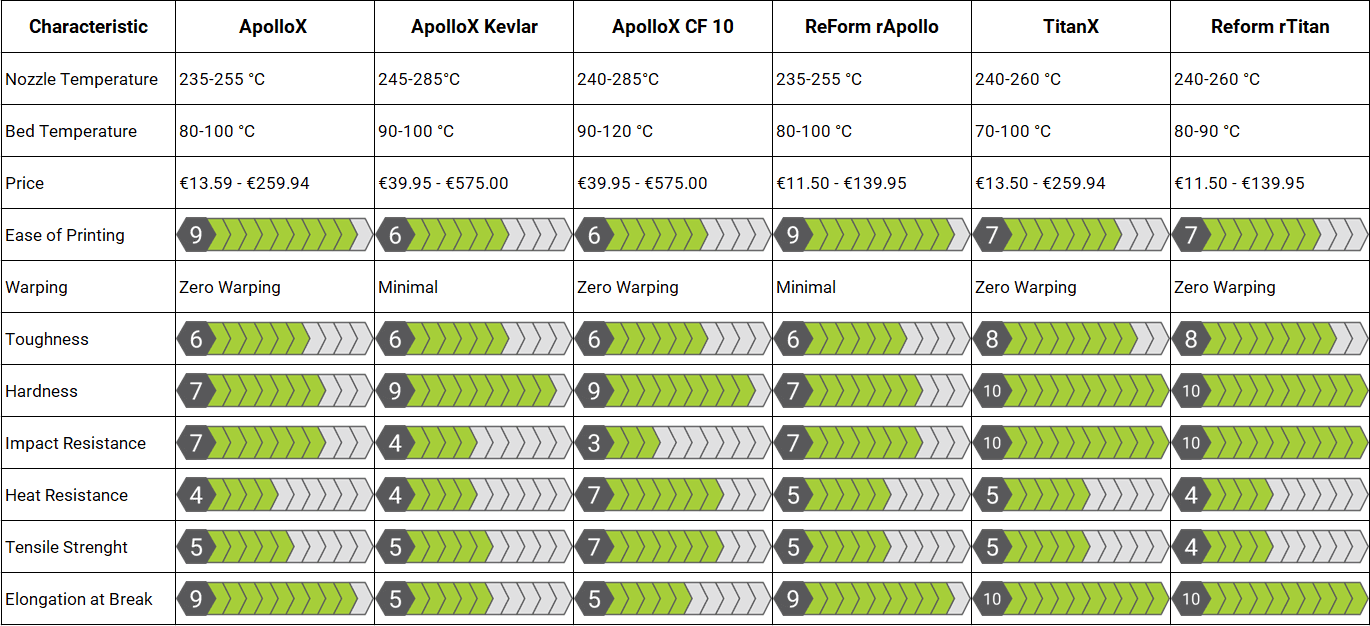
How to print ApolloX vs TitanX
ApolloX excels in delivering high-quality prints with a focus on dimensional accuracy and finish. Here's a breakdown:
- Warp-free printing: Similar to TitanX, ApolloX offers minimal warping, ensuring clean and dimensionally accurate parts.
- Optimized flow and adhesion: Superior filament flow behavior combined with excellent interlayer adhesion leads to consistent extrusion and robust prints.
- High printing precision: Shines in creating fine details and high-quality surface finishes, ideal for applications requiring a polished look.
TitanX, on the other hand, prioritizes ease of use and reliability for functional printing. Here's how it compares:
- Warp-free development: Like ApolloX, TitanX boasts minimal warping, making it suitable for large prints.
- Excellent adhesion: Offers exceptional adhesion to various printing surfaces, reducing the need for additional adhesives and improving print success rates.
- Easy to print: Due to its optimized FDM properties, TitanX offers a smooth and reliable printing experience with good filament flow behavior.
Key Differences:
- Printing Precision: ApolloX has a slight edge in terms of achieving exceptional printing precision for fine details and a polished finish.
- Ease of Use: TitanX might be easier to work with for beginners due to its focus on reliable adhesion and user-friendly printing experience.
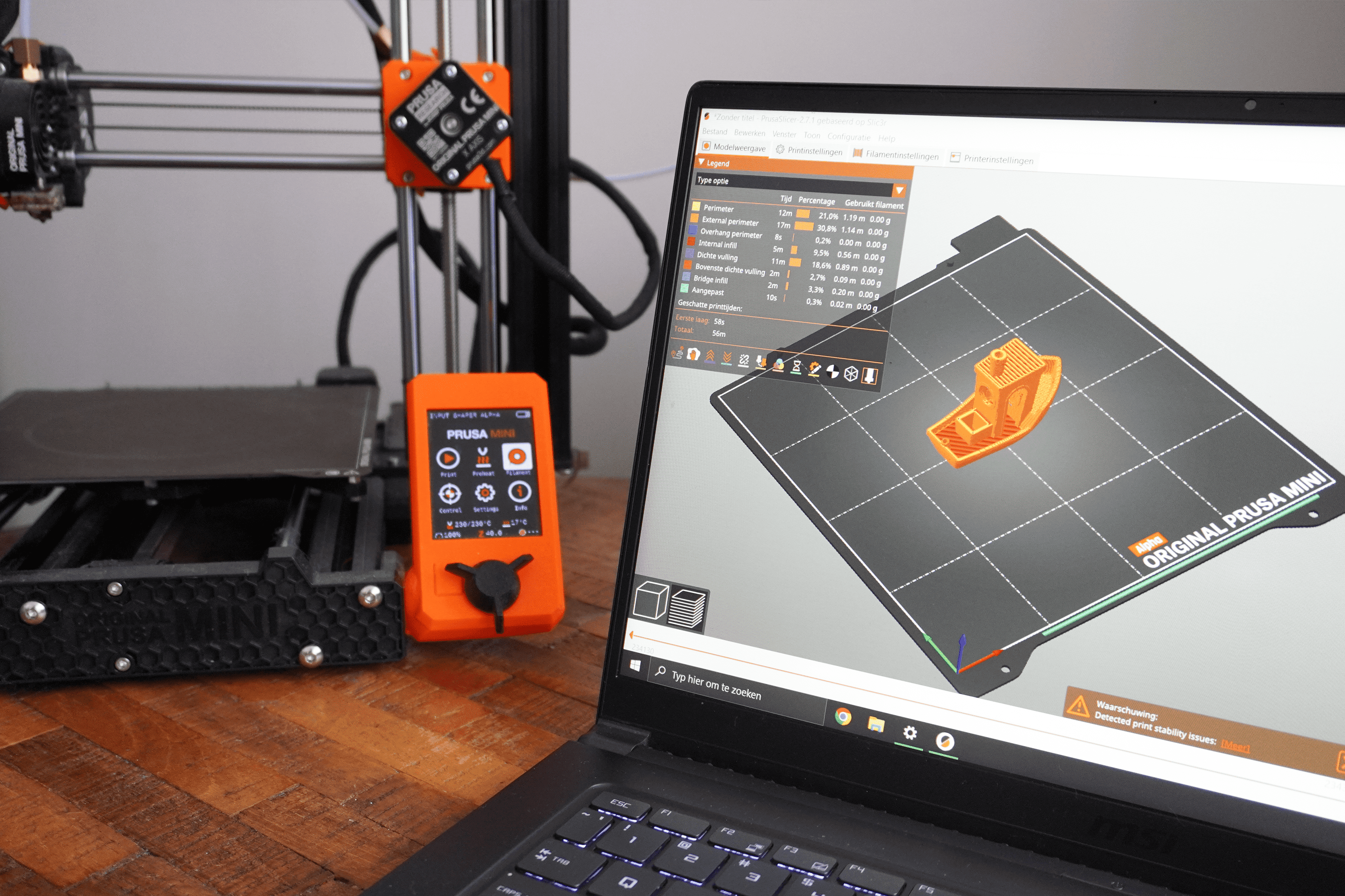
Post Processing
TitanX ABS and ApolloX ASA 3D prints benefit from some post-processing techniques to achieve a desired finish. While both filaments tend to have slightly visible layer lines, sanding with increasing grit sandpaper is a common method to smooth the surface.
For an even smoother, glossy finish, ABS can be exposed to acetone vapor, melting the outer layer slightly. ASA can also be vapor smoothed with acetone, but due to ASA's resistance to chemicals and it's fumes, the process may require more experimentation to achieve the desired results.
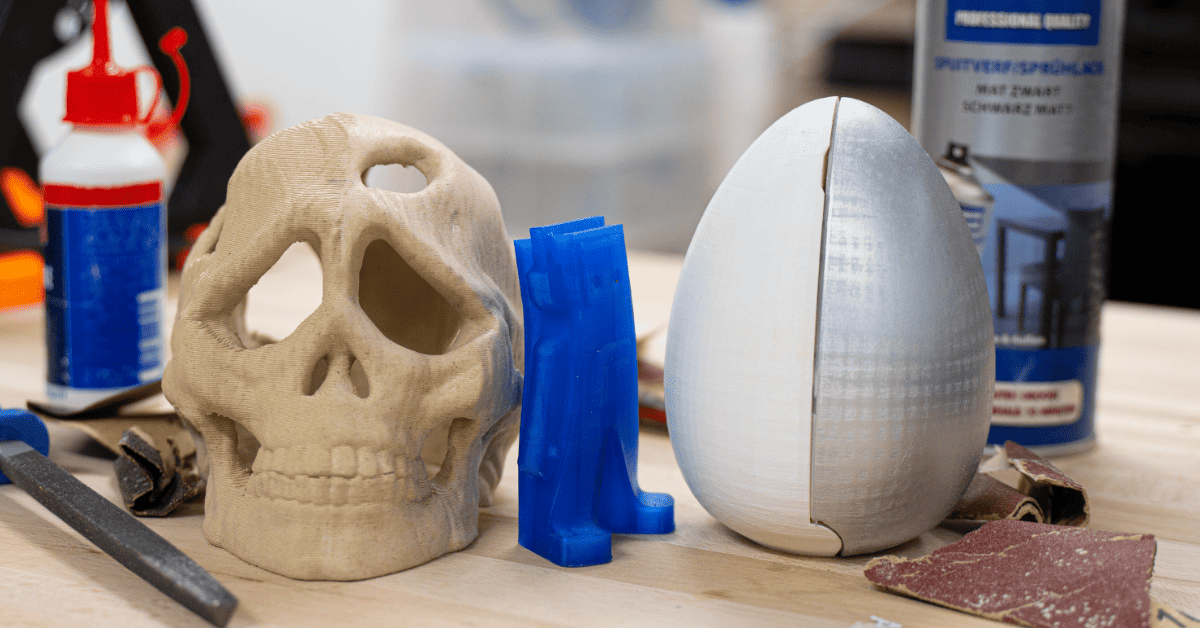
Applications
There are many applications suitable for the properties that ApolloX (ASA) and TitanX (ABS), but each product stands outs on its own. ApolloX is like mentioned before a 3D printing filament specialized in functional parts, it is strong and prints very precise. These mechanical properties are perfect for 3D prints like gearbox housing because of its durability and its continuous exposure to wear and tear, Drone frames because they need to be lightweight and strong, or mechanical parts like gaskets and seals, bearings, or pumps and valves, that come in contact with chemicals thanks to its resistance to many chemicals.
TitanX is a 3D printing filament specialized and suitable for (larger) industrial 3D prints. Its warp resistance and strong interlayer adhesion make TitanX especially suitable for 3D printing prototypes, thanks to its durability. It can be machined drilled, tapped and glued, making it easy to modify and iterate on designs. TitanX can also be used for tooling and jigs that are used during the manufacturing process, as these tools need to be strong and durable enough for repeated use. Finally, TitanX can be used to create a wide variety of functional art/design object as it's very receptive to be sanded, painted and finished achieving a high quality look.
ApolloX
- Functional parts: Perfect for creating functional parts that need to endure outdoor environments, like automotive components, outdoor equipment housings, or weather-resistant prototypes.
- High-performance applications: Well-suited for demanding applications where strength, heat resistance, and dimensional accuracy are crucial.
TitanX
- Large, functional parts: Excels in creating large and sturdy functional parts due to its warp resistance and strong adhesion. This makes it ideal for applications like engineering prototypes, machine components, or large housings.
- Parts requiring high mechanical strength: A good choice for parts that need to withstand some impact or stress, thanks to its improved mechanical properties.

Price
Although ABS typically has a lower cost than ASA, both FormFutura material types share the same base price. However, the more specialized ASA materials come with a higher base price. This discrepancy in pricing is primarily due to the composition and production processes of these materials.
ABS production involves the inclusion of butadiene, a synthetic rubber derived from petroleum. Butadiene enhances the properties of ABS, making its production more straightforward compared to ASA.
The price disparity between ABS and ASA, and even among different ASA variants, can be attributed to several factors:
1. Material Composition: The formulation of each filament can vary, affecting production costs. Different blends of polymers or additives may be used to achieve desired properties, influencing manufacturing expenses.
2. Special Features or Properties: Unique characteristics such as enhanced heat resistance or chemical resistance can justify a higher price point for one filament over the other.
Ultimately, when comparing FormFutura ApolloX and TitanX, it's crucial to consider these factors. Evaluating specific properties, performance capabilities, and intended use cases can help determine which filament best suits your needs while also considering its price point.
Recommendations
Ultimately, the choice between ApolloX vs TitanX depends on your specific requirements and the intended use of your 3D prints. If you prioritize toughness or weather resistance, the ApolloX product line may be the right choice for you.
On the other hand, if you need impact resistant, more elongated prints which are easy to print, TitanX is worth considering.
